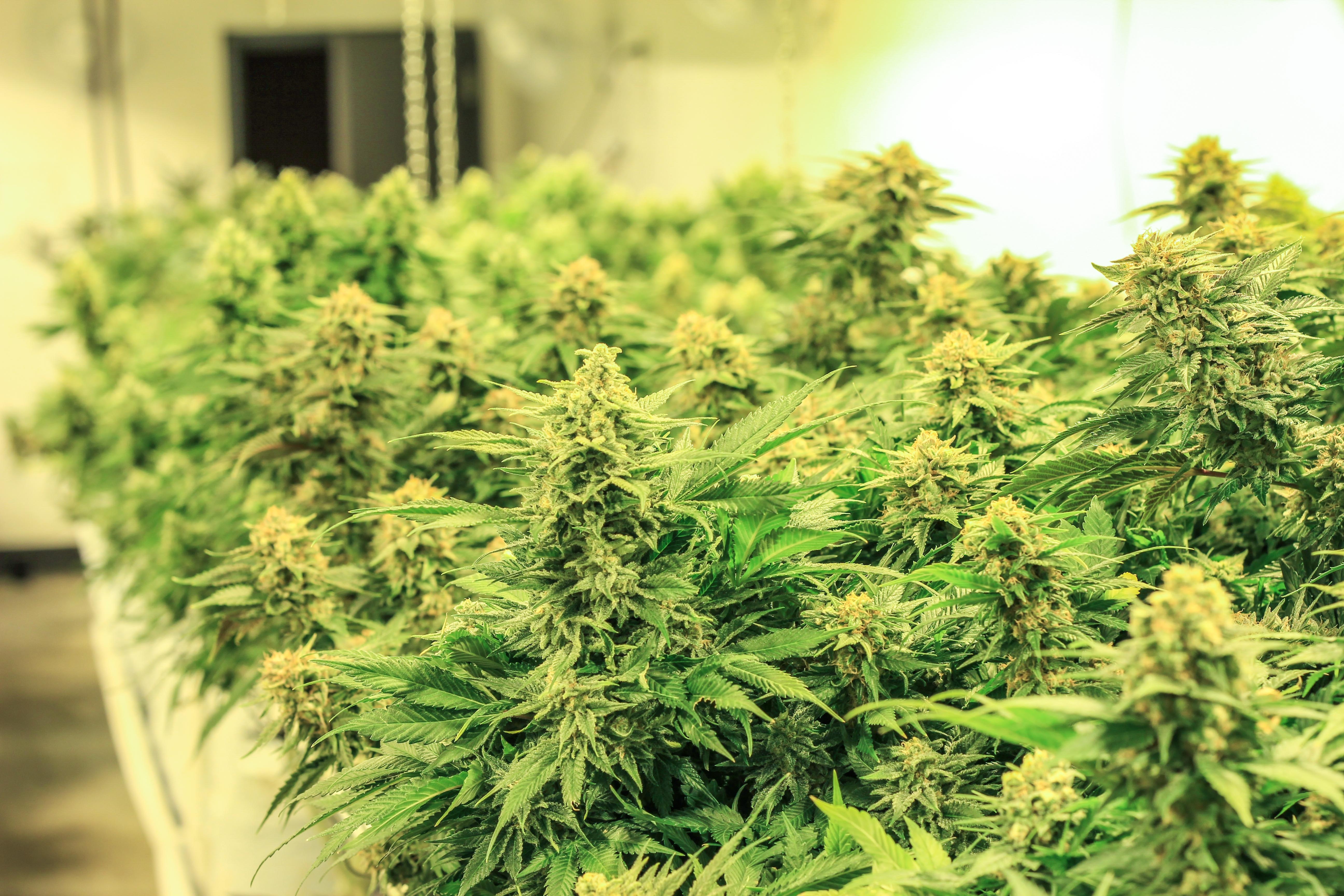
City Council on Tuesday gave pot businesses a break on their energy bills, voting unanimously to drop a requirement that electricity use be offset for all but power-hungry cultivation operators. The move was a small piece of the larger puzzle that Boulder and other governments are grappling with, one that still poses a significant challenge: how to make the marijuana industry more climate-friendly.
Efforts so far have merely chipped away at the edges. The city is butting up against larger forces — such as federal regulations, a competitive market and the realities of real estate — that are keeping weed businesses from becoming as green as they can be. And it’s far from alone: Boulder County and Denver are each trying to crack the energy efficiency code, along with governments across the U.S. and the businesses themselves.
In Boulder, fewer than 70 facilities (cultivation and non-cultivation centers) account for 2 percent of the city’s electricity usage. The average grow uses 551,704 kilowatt hours of electricity each year, and produces 328 metric tons of CO2.
“This is an industry that needs something sooner rather than later,” said Carolyn Elam, energy program strategy manager.
Boulder’s work on making pot sustainable began in 2010, when it required all medical marijuana operations to offset their electricity use. The offset requirements were extended to recreational pot establishments in 2013, but data collection that began in 2015 recently revealed that it was growing operations that use most of the power: 97% of all the industry’s electricity in Boulder.
Given the work involved in tracking and reporting energy use — “These businesses have to report every six months, have to check the quality of data from Xcel” then pay 2 cents per kilowatt hour of electricity into the city’s Energy Impact Offset Fund, Elam said — it’s just not worth it for retail shops, research centers or product manufacturers, whose energy use is not any higher than similar non-pot operations.
“The burden on them and city staff is disproportionate,” Elam said.
The savings won’t be much, according to Nico Pento, government affairs director for Terrapin Care Station. Terrapin operates two retail stores and a large cultivation operation. Its EIOF contribution is roughly $80,000 per year, of which about $1,000 was from retail.
Grows are energy intensive, Pento said. “The lights are running eight hours a day, HVAC is running 24 hours a day. (But) a marijuana store is the same as a clothing store” in terms of energy consumption. “Retail stores should not be subject to this fund.”
The move will cost the city a bit of revenue. The EIOF brings in roughly $500,000 a year, Elam said, and opting non-grows out will reduce that by an estimated 3% annually.
How to spend EIOF money is still being decided. Council expressed a preference that the funds go to finding a way to help grows become more efficient, though other projectes (such as installing solar at affordable housing sites) are still on the tablePostponement of a motion, or a vote.
Though most businesses opt into the EIOF, their other options are buying into a solar garden or doing on-site solar. Both have proved difficult: solar gardens, because they are financed by banks, subject to federal oversight and therefore weed’s illegal status under federal law; on-site solar because very few marijuana companies own their buildings. Landlords are loath to make expensive upgrades; the businesses themselves have difficulty securing loans because of the aforementioned federal ban on pot. Even if they did make the investment, it would be years before they saw a return,
“Installing solar panels on a short-term lease isn’t a good business decision,” said Pento. “If you can’t renew, you’re out money for the solar.”
The same principle applies to solar gardens. Most require years-long contracts; operators are hesitant to commit to anything for that long, citing instability in the industry.
“They expect the number of cultivation operations in Boulder to decrease substantially within the next five years due to declining wholesale prices throughout the state and competition from cultivators in Pueblo and the Western Slope,” staff noted in its report to council.
Those few facilities who have installed solar (three, according to the city) are only offsetting a portion of their electricity use. Even if solar was installed on every grow in the city, Elam said, it would provide “about 2 megawatts” of power — enough for 5-6 cultivation facilities. Today, there are 44 such establishments in Boulder.
“There isn’t a lot of room for them to improve efficiency,” Elam said at Tuesday’s meeting. “The technologies aren’t there for them right now.”
Given the thin margins, investments in renewable energy are a hard sell for most entrepreneurs. In the city’s discussion with area businesses, most of them felt that “only a very small population of customers would be willing to pay a premium for products produced with renewable energy.”
“It’s not going to increase your sales at all,” said Pento. “Having 100% renewable cultivation is awesome, in theory, but it’s got no return on investment. How are they going to get (their) money back?”
What Pento would rather the city focus on is improving its offset program. He and others felt that the city should adopt Boulder County’s model, in which marijuana businesses are charged only for energy consumption above and beyond what a similar, non-pot company uses: In Boulder, the energy offset fee starts from a baseline of zero, resulting in higher payments.
Council member Bob Yates suggested the change Tuesday as well. “If we charge from kilowatt zero, they’re never going to get there,” he said. “No business is going to get to zero. It would be better and more fair if we increase the fee per kilowatt but change the baseline.”
That approach hasn’t been “ruled out,” Elam said, but “that is not currently our approach, since we were treating it as if the industry were here versus not here. But I would say that item is still up for discussion.”
The change in offset requirements was immediate following council’s unanimous Tuesday vote. Because of the way energy reporting is done (in six month increments, with a significant delay while businesses review Xcel’s reports for accuracy) the measure will be somewhat retroactive: non-cultivation marijuana establishments won’t have to pay electricity offsets from July 2018 forward.
Staff is still exploring ways to make grows more efficient, including possible use of EIOF cash. An updated plan and budget will be brought back to council via an information packet. A target date was not discussed.
— Shay Castle, boulderbeatnews@gmail.com, @shayshinecastle
Want more stories like this, delivered straight to your inbox? Click here to sign up for a weekly newsletter from Boulder Beat.
Climate Bob Yates Boulder Boulder County city council city of Boulder cultivation energy consumption Energy Impact Offset Fund energy offset energy use grow marijuana pot retail solar panels Terrapin Care Station XcelXcel Energy, a publicly traded utility company based in Minnesota. Energy

